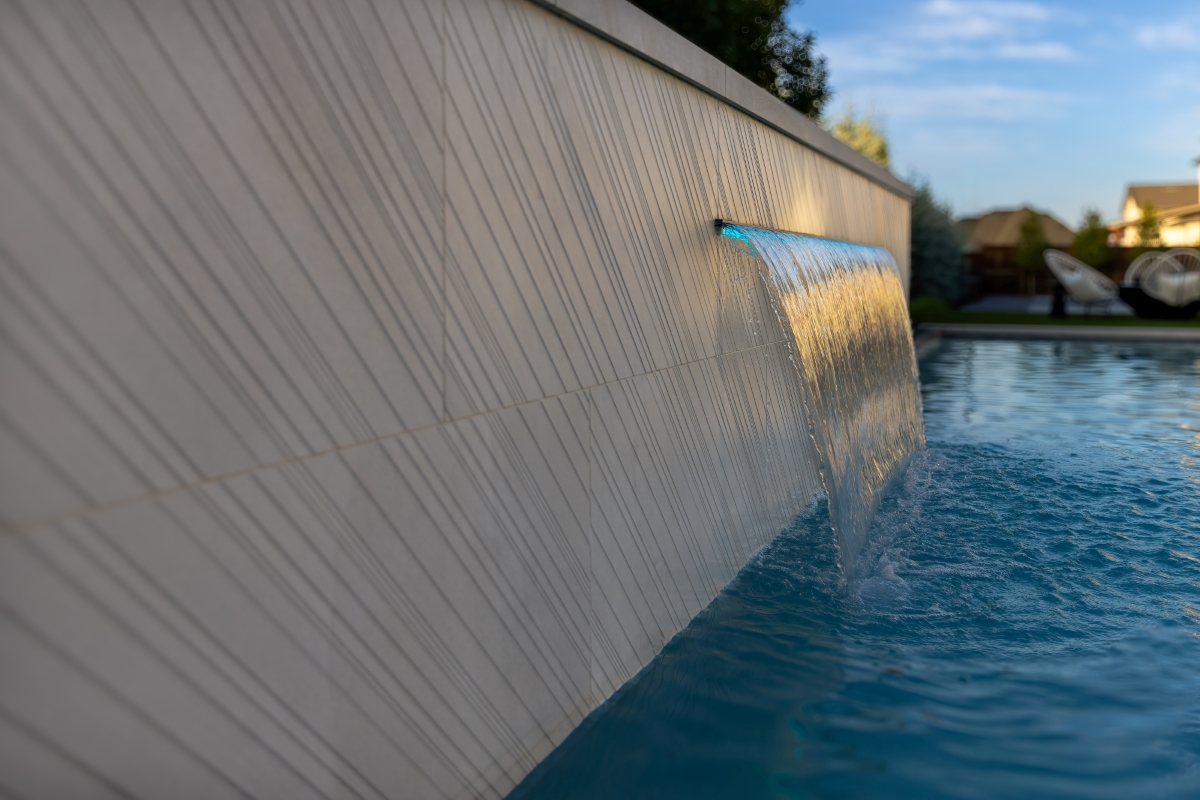Our Top 50 Service program turns seven this year. It’s not a significant milestone in and of itself, but as Deputy Editor Rebecca Robledo and I begin to work on the program every year, we look for opportunities to fine tune it. The consideration and responsibility to make the program as fair and unbiased as possible is something we take very seriously.
Now, if you’re familiar with our two annual Top 50 awards (Builder and Service), you’ll know that the criteria for being named a Top 50 company is centered around five pillars: revenue, staffing, web presence, industry involvement, and community involvement.
This year, we made a big change to the way we assess web presence — or more specifically, how we assess company websites.
Until now, these sites were judged solely on their content. Did they provide enough solid information in an organized and pleasant way to help guide and capture potential pool and spa customers?
But as important as content is, it alone is not the basis for excellence in web design. To find out more, we turned to an expert outside of the industry.
Shawn Thuris heads Thuris and Co., a web consultancy firm based in Castro Valley, Calif. He specializes in helping small-to-mid-sized businesses succeed in the digital landscape, whether that involves web development, productivity software solutions, cloud management, providing custom code, or guidance on marketing and artificial intelligence.
According to Thuris, a website’s functionality and user experience are just as important as its content.
“A website’s technical shortcomings can get between you and a new customer,” says Thuris. “If the site is slow to load, if the images don’t look right on the user’s phone or tablet, if the navigation is confusing … These things can discourage potential customers and paint your business in an unprofessional light.”
There are a multitude of factors that determine functionality and good user experience. In judging this year’s crop of Top 50 Service candidates, Thuris measured for performance, accessibility, best web practices, and SEO. Some of the nitty gritty included marks on user-friendliness and clarity, quick page load (main visible elements loaded and rendered within ~1.5 sec on a 1Gbit connection), good layout/rendering on both desktop and mobile screens, at least one call to action, consistent and appealing branding, an easy to find and use contact form, testimonials, an online booking option, service area(s) delineated/described (good for SEO), and many, many more.
You’ll find the top 10 companies that scored highest on web presence, along with comments from Thuris, on page 50.
“It’s not an easy thing to build, edit, and maintain a persuasive website and have it looking and feeling right on every screen a customer might decide to view it on,” says Thuris.
Kudos to each of the 50 companies that made this year’s list!



